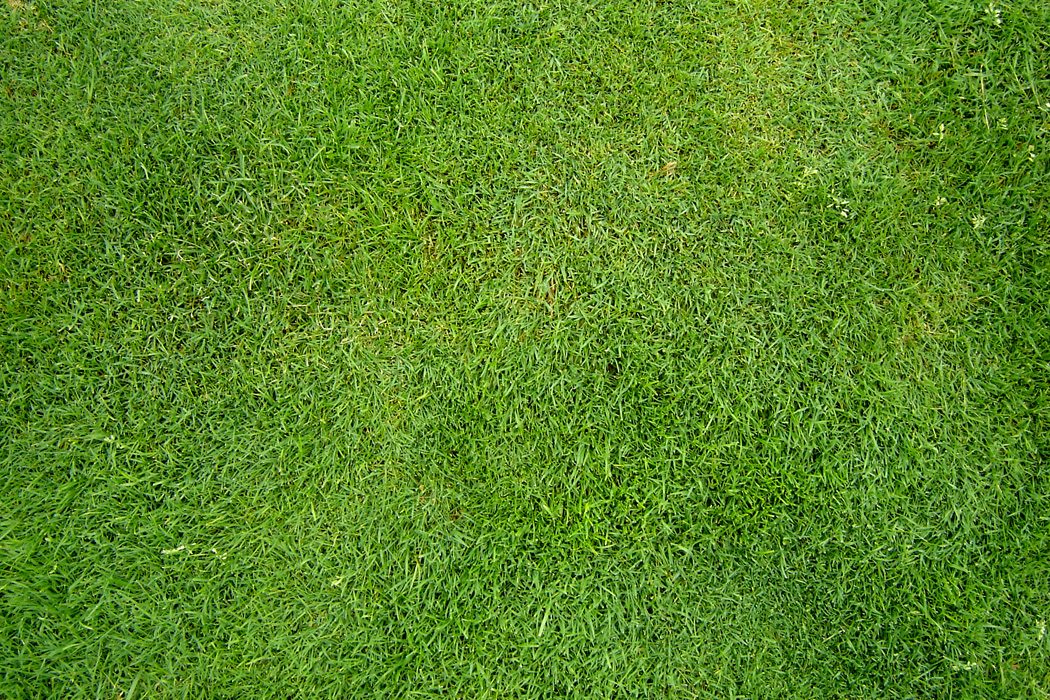I remember the story through the umbilical link between our memories. “Grass doesn’t grow on a busy street,” my mom used to tell people who remarked on my lack of hair as a young child. Beyond offering a trite idiom to dismiss unwelcome observations, she was attempting to name an innate quality of this alert little human being she was just beginning to get to know.
As an infant, I slept so little that my mom would put me in a playpen in front of PBS in the wee hours of the morning while she collapsed in exhaustion on the couch. A portrait of four generations, from me to my great grandmother, taken around the time I was one year old, has me sporting a disarmingly adult scowl beneath a pate as bald as the day I was born. After all that public television, whatever baby talk the photographer was aiming at me to convince me to smile, I was not impressed. Still, grass would not grow on that busy street, and when I turned three, mom took me to the mall to have my ears pierced so people would finally stop mistaking me for a boy—sapphires for my September birthday. By then, my memories had started to become my own, and though I don’t remember the pain, I can still taste the unfamiliar, earthy sweetness of the dried papaya my mom’s best friend gave me afterwards as we sat on the edge of the fountain in the atrium.
Today, the grass falls below my shoulders and down my back, but the street is busier than ever, and many days, there’s no discernible respite between morning and evening rush hour. The crescendo to uninterrupted gridlock in the past year has been a clear sign: something needs to change.
Just as philosophies about how to deal with heavy traffic vary—do we widen the streets or narrow them?—I’ve gone back and forth on how to negotiate a busy life. After lamenting the weight of my obligations for many years, most of them volunteering for efforts my husband and I had set in motion, I heard a friend say how much she and her family actually liked being busy. I tried that thought on for awhile, to see if an attitude adjustment would liberate me from feeling constantly overwhelmed and behind. Perhaps, I speculated, what I was experiencing was a form of laziness—a failure to integrate the outer work with an inner acceptance of responsibility with joy and gratitude. Although I’d say “no” in short bursts of exhaustion, my default mode was to say “yes.” Pile it on. I like being busy! And besides, there was much to be done if this world was ever going to resemble the just, flourishing society I believed was possible.
Then, as wise ones tend to do, the late Trappist monk Thomas Merton sneaked in and gave my mode a name that stopped me in my relentless tracks: violence. In Conjectures of a Guilty Bystander, he writes,
There is a pervasive form of contemporary violence to which the idealist most easily succumbs: activism and overwork. The rush and pressure of modern life are a form, perhaps the most common form, of its innate violence. To allow oneself to be carried away by a multitude of conflicting concerns, to surrender to too many demands, to commit oneself to too many projects, to want to help everyone in everything, is to succumb to violence. The frenzy of our activism neutralizes our work for peace. It destroys our own inner capacity for peace. It destroys the fruitfulness of our own work, because it kills the root of inner wisdom which makes work fruitful.
When I first encountered this text a few months ago, I e-mailed it to my husband Rob right away. And yet, while it was convicting, our pace marched on as before, and even increased. At my full-time job, I managed three-and-a-half months of simultaneous construction projects, including four different solar arrays, an ADA-compliant renovation, and several acres’ worth of pond construction. After hours, I’d join Rob in the work of overseeing a summer intern program, running an urban farm, managing a fair trade store, hosting a summer festival for over 900 people, publishing an online magazine, and a number of other civic and non-profit responsibilities. By day, I started to notice a look of panic in the eyes of people who learned about all that Rob and I were involved in. At night, I’d collapse into a fitful sleep haunted by unanswered questions and forgotten details.
Even while Rob and I have held a long-term commitment to attempt to observe a Sabbath practice in the midst of our busyness, “self-care” was not a term that rolled easily off my tongue or even around my brain. It didn’t—and still doesn’t—feel like a concept that fully supports the vision of mutual other-care for which I long. But this past June, we managed to get away for a single night for Rob’s birthday and in the small opening this time away created, another word began to form in my mouth: sabbatical. I said it out loud over brunch, and then it stayed, like a stray cat living under the front porch. When I couldn’t help myself, I’d give it a little food, and as it grew stronger, it also grew more friendly and at some point, I knew it wasn’t going away. Secret thoughts while weeding the garden became private and then public conversations about a sabbatical year in 2018.
The conversation that began in June is still going, with more questions than answers. But a few things have become clear, one of which is that we need a break from the perpetual deadlines of publishing for a while. Every weekday for ten years, with the exception of our August publishing break, Rob has sent out a daily quote. For 12 years, I was the volunteer editor (and mostly sole organizer) of catapult magazine, followed by a transition to a volunteer editing team that launched Topology in 2015. In conversation with the Topology editors, all of whom are immersed in their own life transitions, we’ve decided to put the magazine to rest—for now. We’ll see what happens when premature infants get on a bit in life and cross-Atlantic voyages come to an end and jobs stabilize and sabbatical years wind down. In the meantime, we hold these projects that we have nurtured into life with open hands, ready to let them go if no one else is willing to take them on.
Several weeks ago, after the summer interns left and activity started winding down, Rob and I began the hard, practical work of figuring out what a sabbatical year might look like with no formal institutional support or intention to leave our community where we’re so embedded. In the middle of that inscrutable process, I was in the car on my way home from work listening to public radio. An announcement I’d heard dozens of times throughout the summer, for a local Latin American cultural festival, suddenly caught my attention and I thought, “Hm. I could go to that.” What I noticed immediately about this fairly mundane thought was how long it had been since I had considered the possibility of doing something simply for the sake of enjoyment. As the “good” commitments piled up higher and higher, they had obscured the light of joy and play and even love. As the pile gets dismantled and examined, what will the return of light reveal?
I don’t know what the coming sabbatical year will unfold in myself, in my household, or in my community. I’m concerned and hopeful and disoriented. I’m wary of my privilege in even having the space to ask these existential questions about the violence of frenzy while others struggle to breathe under the everyday violence of systemic racism and oppression. But if Merton is right, our frantic pace may well be undermining the vision of the peaceful world we’ve been working so hard to bring into being. I return again and again to the picture of flourishing that Merton crafts in his essay “The Street is for Celebration”:
Celebration is when we let joy make itself out of our love.
We like to be together. We like to dance together. We like to make pretty and amusing things. We like to laugh at what we have made. We like to put bright colors on the walls—more bright colors on ourselves. We like our pictures, they are crazy. Celebration is crazy: the craziness of not submitting even though “they,” “the others,” the ones who make life impossible, seem to have all the power. Celebration is the beginning of confidence, therefore of power.
When we laugh at them, when we celebrate, when we make our lives beautiful, when we give one another joy by loving, by sharing, then we manifest a power they cannot touch. We can be the artisans of a joy they never imagined.
It’s a beautiful image, and the only way I could improve upon it would be to hope to witness the miracle by which “they” become “us.” But in order for any of it to be possible, we need to barricade the street and let the grass grow.
I remember I was wearing what I think was called a “sun suit”—a one-piece cotton short set with ties at the shoulders, elastic at the waist, and bloomer bottoms. It was a grass-green print with white stripes and pink cherries—one of my favorites. Mom had sent me out to play in the back yard, where the noise of the busy road nearby was mitigated by the forest feeling of the giant oaks that dwarfed our tiny two-bedroom house and detached one-car garage. All by myself with siblings yet to be born, I puttered around a bit before deciding that I, the child who refused to sleep, was tired. I lay down in the grass, sparse from shade and scratchy with acorns, and slept. Thirty-four years later, I still remember how blissful it felt to abandon myself to sleep, under the watchful care of trees and my mom, who snapped a photo from the kitchen window—her firstborn at rest.




